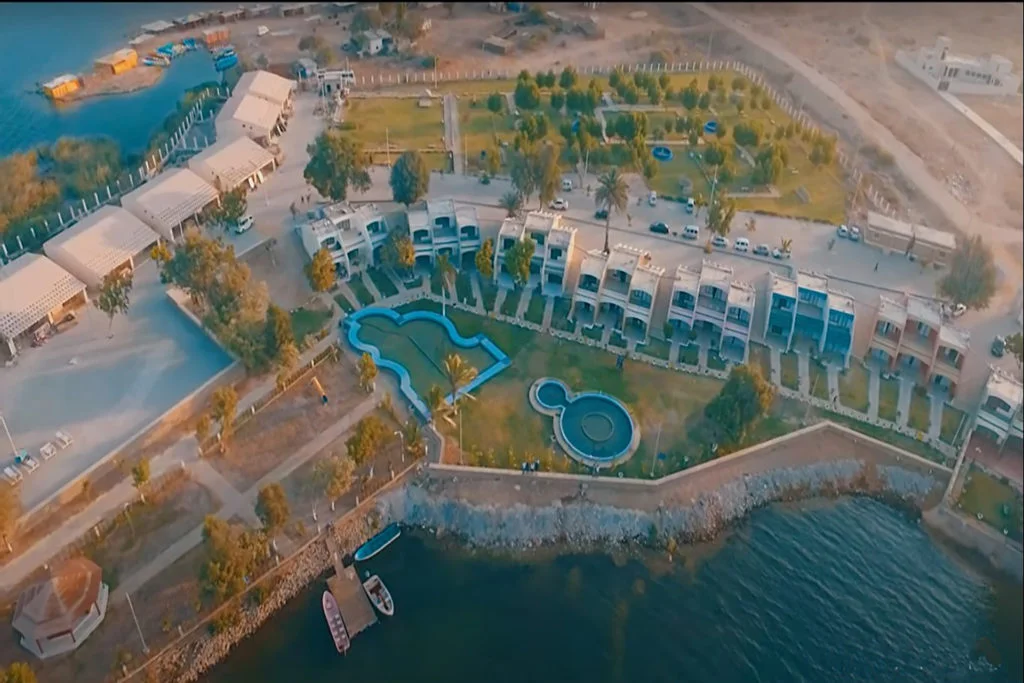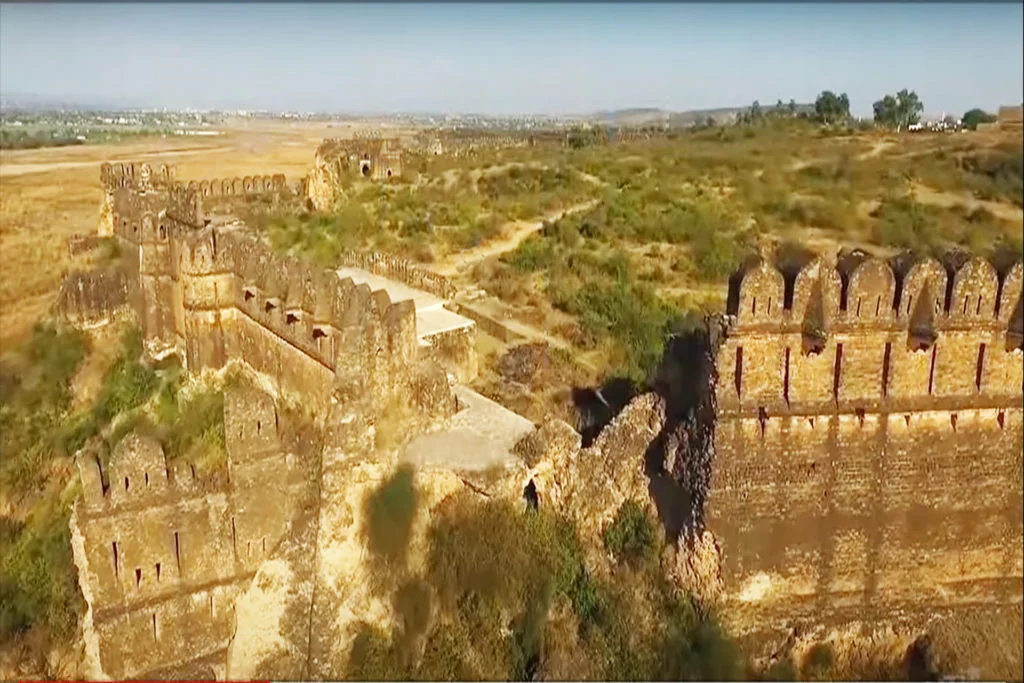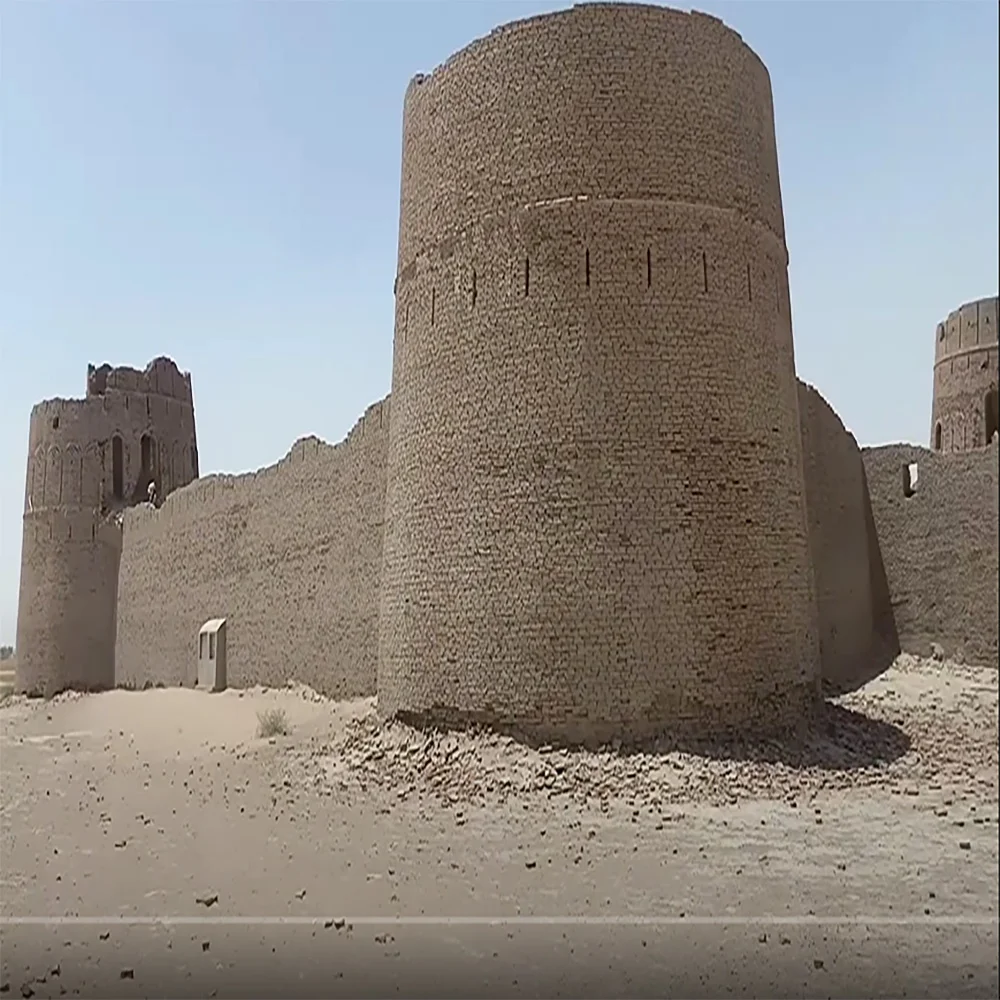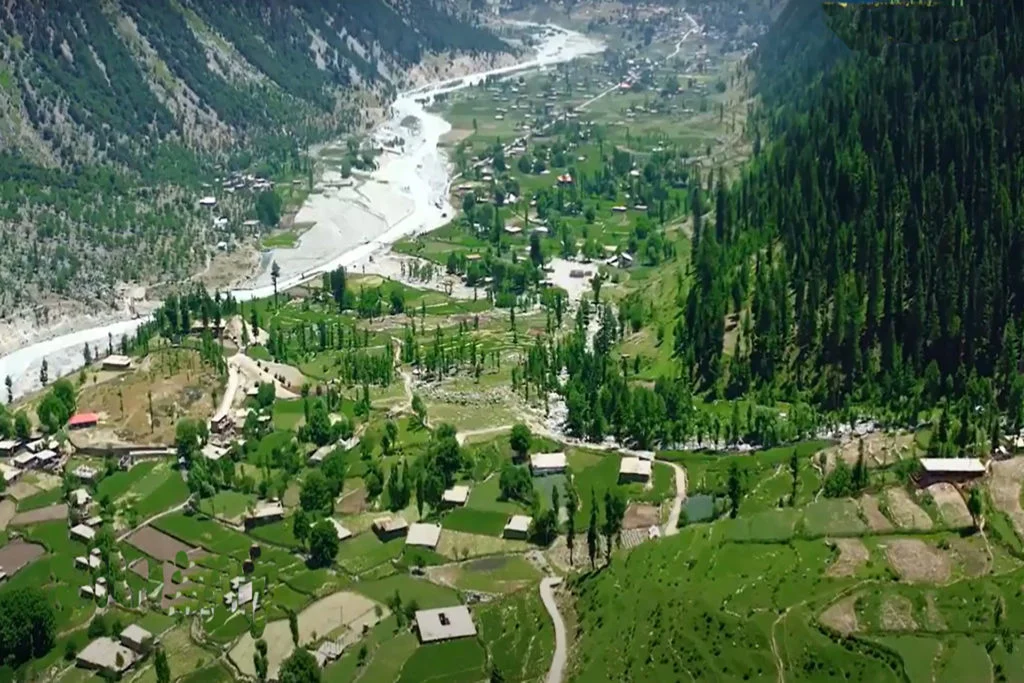Nestled in the heart of Lahore, Pakistan, the Samadhi of Maharaja Ranjit Singh stands as a remarkable testament to the rich history and architectural heritage of the region. This 19th-century structure houses the funerary urns of Sikh Maharaja Ranjit Singh, the Lion of Punjab, and is a reflection of the cultural fusion that defined his reign. In this article, we’ll explore the history, architecture, and significance of this majestic monument.
Historical Background
Maharaja Ranjit Singh (1780 – 1839) was a legendary figure in Sikh history, known for his military prowess and his role in unifying the Sikh Empire in the early 19th century. After his death, his son Maharaja Kharak Singh initiated the construction of the Samadhi to honor his father’s memory. It was later completed by Maharaja Duleep Singh in 1848.
Location and Surroundings
The Samadhi of Maharaja Ranjit Singh is strategically located, adjacent to the historic Lahore Fort and the iconic Badshahi Mosque. This proximity to these architectural marvels highlights the cultural and historical significance of the site. Additionally, the Gurdwara Dera Sahib, marking the spot where Guru Arjan Dev, the fifth guru of Sikhism, died, is also nearby, making this area a place of deep spiritual importance for Sikhs.
Architectural Marvel
The Samadhi’s architecture is a remarkable blend of Sikh, Hindu, and Islamic influences, reflecting the diverse cultural milieu of the time. The building features gilded fluted domes, cupolas, and an ornate balustrade that adorns its upper portion. Notably, the front doorway boasts intricate images of Hindu deities such as Ganesh, Devi, and Brahma, all crafted from red sandstone.
The dome itself is adorned with Nāga (serpent) hood designs, showcasing the craftsmanship of Hindu artisans who contributed to the project. Inside, the wooden panels on the ceiling are beautifully decorated with stained glass work, while the walls are adorned with intricate floral designs. The ceilings are adorned with intricate glass mosaic work, adding to the overall opulence of the Samadhi.
Funerary Urns
At the heart of the Samadhi lies the marble urn in which Maharaja Ranjit Singh’s ashes are interred. This lotus-shaped urn is housed within a marble pavilion adorned with pietra dura inlay work, showcasing the fusion of artistry and architecture. Surrounding the Maharaja are smaller urns containing the ashes of four Hindu sati queens and seven concubines, signifying the cultural diversity that existed in the Sikh Empire.
Preservation and Restoration
Over the years, the Samadhi has faced various challenges, including the devastating earthquake of 2005. However, the Pakistani government, recognizing its historical importance, has undertaken restoration efforts to ensure the preservation of this architectural gem. The monument continues to be well-maintained and stands as a testament to the shared heritage of the region.
The Samadhi of Maharaja Ranjit Singh in Lahore is not merely a structure; it is a symbol of unity, cultural fusion, and the enduring legacy of a great ruler. It invites visitors to explore its architectural grandeur and learn about the historical significance it holds. As a place of reverence and historical importance, the Samadhi continues to remind us of the rich tapestry of history that defines this region.






